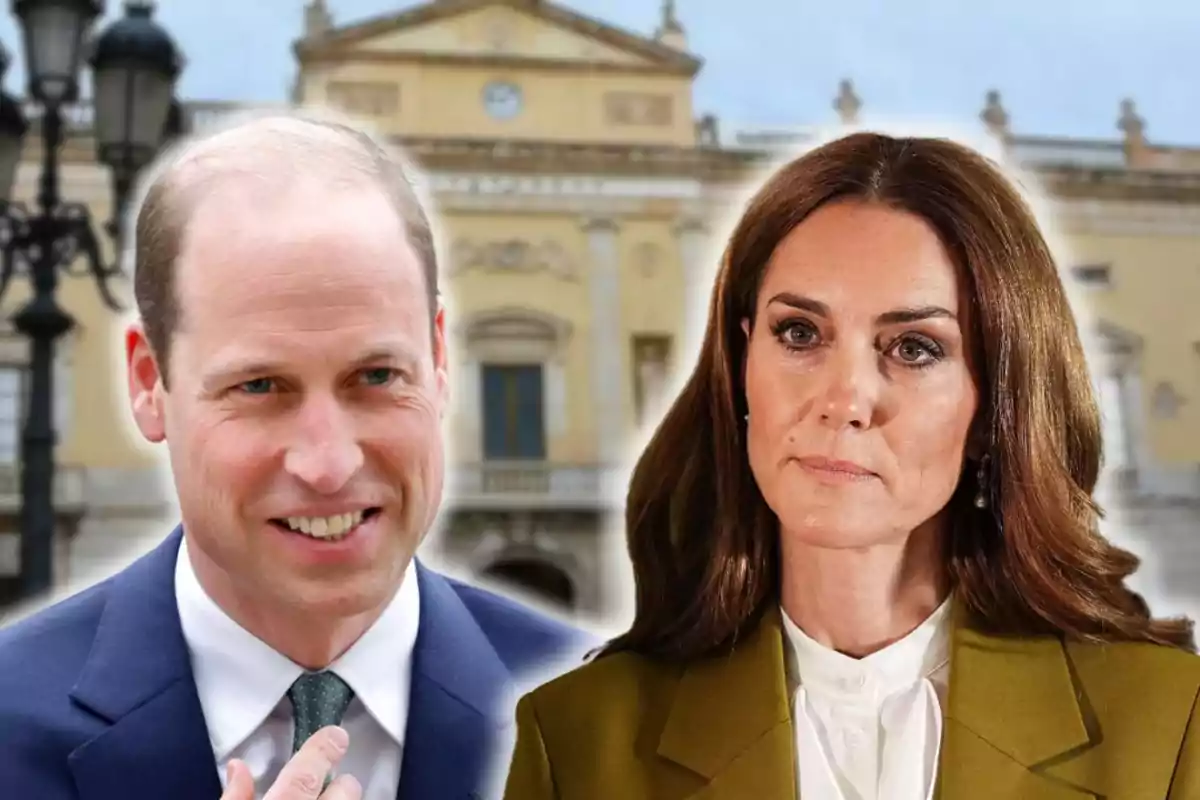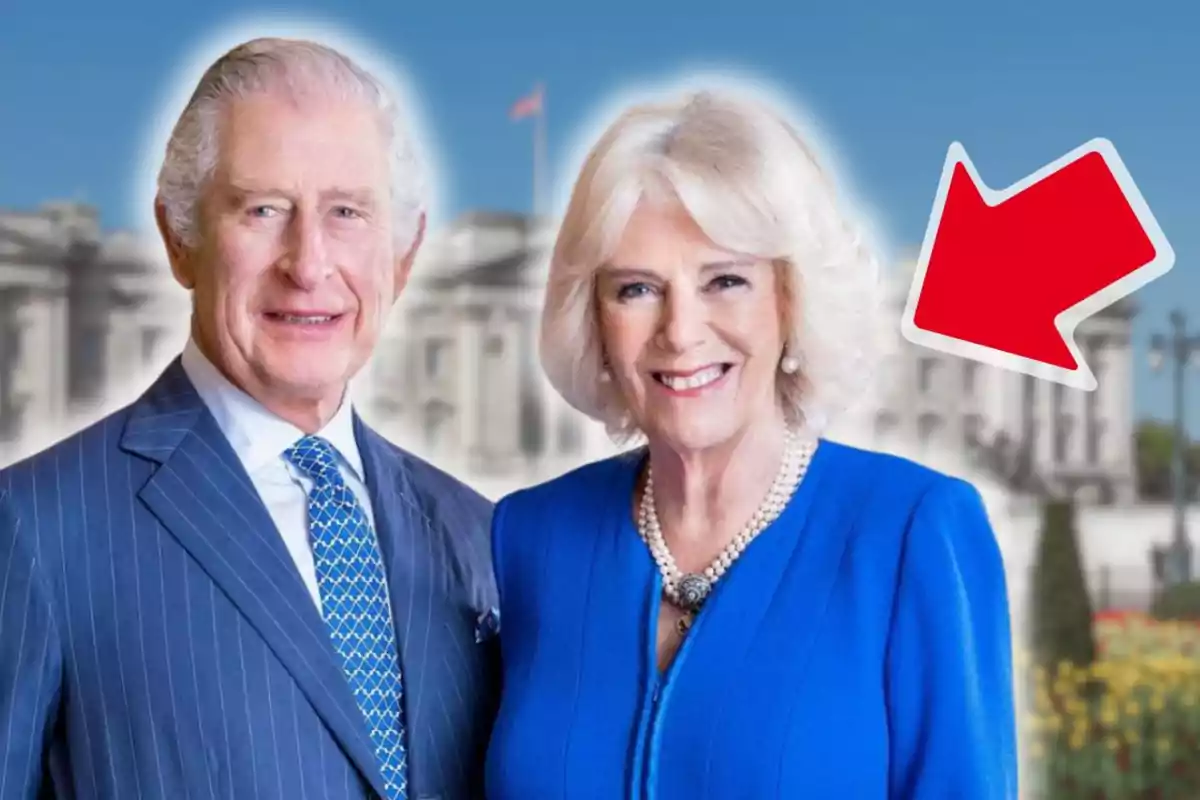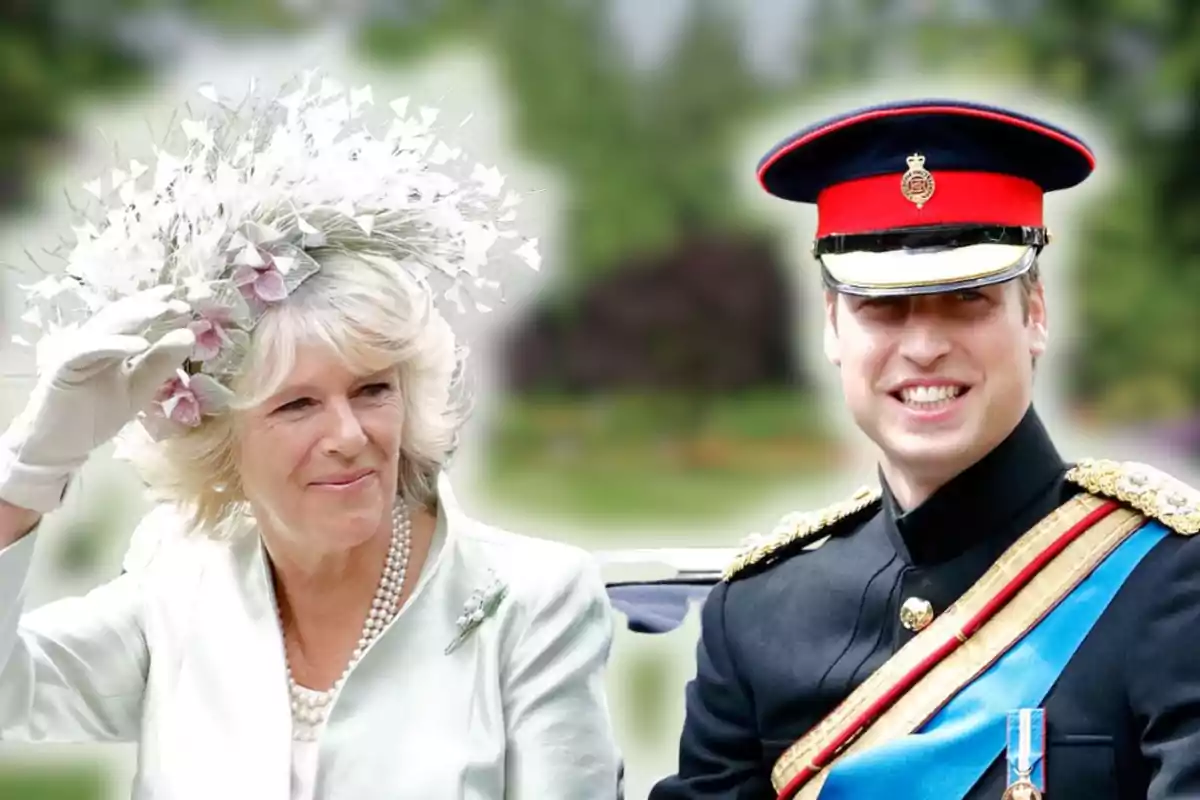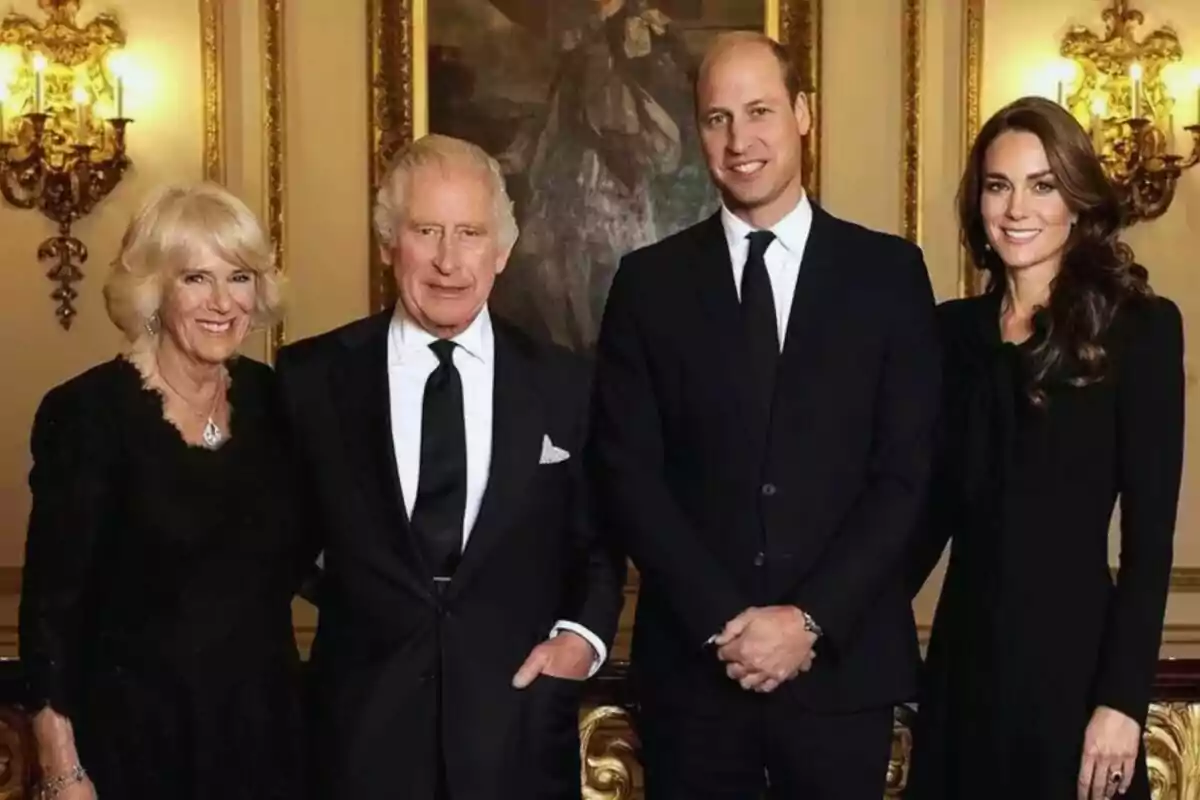The recent publication of the official accounts of the British Royal Household has sparked a true media stir. The figures revealed have put not only the institution but also the taxpayer under scrutiny, as people are beginning to question whether these expenditures are still justifiable. Critical voices have emphasized that, with the increase in the Sovereign Grant, the burden on citizens could grow even more if Crown Estate revenues keep skyrocketing.
What the 2024–2025 financial report says about travel
Buckingham Palace has released the data for the 2024–2025 fiscal year. The total figure amounts to £86.3 million (approximately €100 million) for institutional expenses.
Among these expenses, the €5.4 million allocated exclusively to official transportation stands out: helicopters, private planes, trains, and commercial flights.
- 141 helicopter flights were recorded, at a cost close to €530,000
- 55 private plane trips amounted to almost €700,000
- The royal train also contributed, but it will be retired in 2027 for being too costly
One of the most controversial trips was the tour to Australia and Samoa by King Charles III and Queen Camilla, whose cost was estimated at about €466,742.

Why so much spending and what has changed?
The increase in transportation expenses is set in a delicate economic context, marked by King Charles III's and Princess Catherine's cancer treatments—both resuming official duties—which has limited the schedule and increased logistical costs.
In addition, the British Royal Household plans to modernize its protocols. The royal train will be dismantled in 2027, with an estimated savings of more than £1 million per year, replacing it with helicopters and public transportation. This measure fits into the strategy of reducing emissions and the budget.
Official reactions and criticisms heard
This financial transparency hasn't been free from criticism. Republic, an anti-monarchy group, questions the logic of increasing the subsidy to the royal family just because Crown Estate revenues rise, calling it "madness."

Meanwhile, the keeper of the royal treasury, James Chalmers, defended the decision about the train. He considered that, although it is a historic piece, the renewal and modernization of the protocol reflect a commitment to sustainability and adaptation.
The statement issued also highlights the intangible value that the monarchy brings in terms of "soft power" and diplomatic relations.
The future of royal transportation
The possible elimination of the royal train opens a new chapter for the British Royal Household. Starting in 2027, a fleet based on helicopters, the use of sustainable fuels, and electric vehicles is expected.
Institutional modernization, driven by the public sector, also aims to reduce costs in palace maintenance, staff, and official logistics.

The commitment to reducing costs fits into an elegant narrative in line with the British economic crisis. Even so, the debate between institutional defense and republican questioning is ongoing. The balance depends, to a large extent, on keeping transparency.

